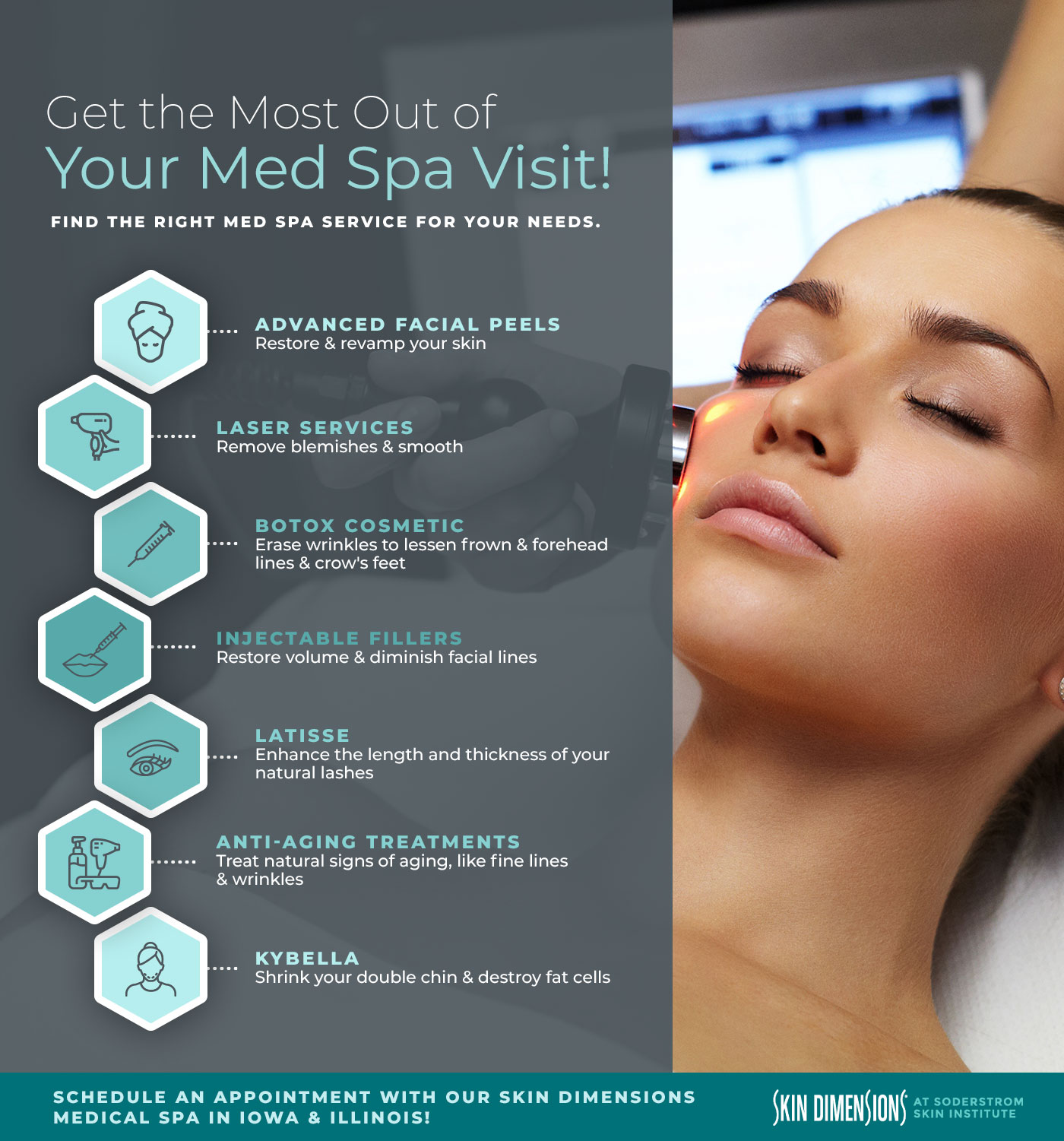Ageless Beauty: Unlocking the Secrets of Botox Treatments
Welcome to the fascinating world of ageless beauty! In the quest for youthful and radiant skin, many individuals have turned to the remarkable innovations of Botox treatments. This revolutionary procedure has become increasingly popular in recent years, providing exceptional results in minimizing the appearance of fine lines and wrinkles. With its ability to restore a smoother and more refreshed look, Botox has become a go-to solution for individuals seeking to rejuvenate their appearance.
Derived from the naturally occurring bacterium Clostridium botulinum, Botox is a purified form of Botulinum toxin. Administered via injections, this treatment works by temporarily weakening or paralyzing the muscles responsible for causing wrinkles. By inhibiting specific nerve signals, Botox effectively smooths out areas that have been affected by age-related wrinkles, crow's feet, and frown lines. Its transformative impact is undeniable, leaving individuals looking rejuvenated and feeling more confident.
Botox treatments offer not only impressive results but also notable convenience. With minimal downtime, individuals are able to resume their daily activities almost immediately after the procedure. The injections are relatively quick and virtually painless, making Botox an attractive option for those seeking quick and effective anti-aging solutions.
In the subsequent sections, we will delve deeper into the intricacies of Botox treatments. We will explore the various areas of the face that can benefit, discuss the duration of results, and address common misconceptions surrounding this procedure. Stay tuned as we unlock the secrets behind Botox, granting you the knowledge you need to make informed decisions regarding age-defying treatments.
History of Botox
In the realm of beauty treatments, Botox has undoubtedly made its mark as a transformative tool for combating signs of aging. Originating from the neurotoxin known as botulinum toxin, Botox has a fascinating history dating back several decades.
Botox owes its discovery to Dr. Alan Scott, an ophthalmologist, who first recognized the potential of botulinum toxin type A in the field of medicine. He utilized it for therapeutic purposes, particularly in the treatment of strabismus, a condition that causes misalignment of the eyes.
However, it was not until the late 1980s that Dr. Jean Carruthers, a Vancouver-based ophthalmologist, unexpectedly stumbled upon the cosmetic benefits of Botox. While using the neurotoxin to treat patients with blepharospasm, a condition causing uncontrollable eyelid spasms, she noticed the accompanying reduction in fine lines and wrinkles.
Recognizing its potential, Dr. Carruthers conducted further investigations, and in 2002, the United States Food and Drug Administration officially approved Botox for cosmetic use. Since then, Botox treatments have become increasingly popular, revolutionizing the field of age-defying treatments.
Understanding Botox Treatment
Botox, a popular cosmetic procedure, has gained significant attention in recent years. It is a non-surgical treatment that helps reduce the appearance of wrinkles and fine lines on the face. Many individuals seek Botox treatments as a way to achieve a more youthful and refreshed look.
So, how does Botox work? Essentially, Botox is a neurotoxin derived from the bacterium called Clostridium botulinum. When injected into specific facial muscles, it temporarily paralyzes them, preventing them from contracting. This temporary muscle paralysis smoothens out the skin and reduces the appearance of wrinkles.
Although Botox is predominantly used for cosmetic purposes, it also has various medical applications. It can be prescribed to treat certain medical conditions such as chronic migraines, excessive sweating (hyperhidrosis), and even muscle spasms. This versatile treatment has proven to be effective for a range of concerns beyond just aesthetics.

It's important to note that Botox treatments are not permanent. The effects typically last for three to six months before gradually wearing off. Therefore, individuals interested in maintaining the results of their treatment often opt for regular follow-up injections to sustain the youthful appearance achieved through Botox.
Understanding the basics of Botox treatment is essential for anyone considering this procedure. Its popularity stems from its ability to temporarily reduce wrinkles and provide a rejuvenated look. However, it is crucial to consult with a qualified professional to determine the suitability of Botox for individual needs and to ensure a safe and successful treatment experience.
botox “>Benefits and Risks of Botox
Botox treatments offer several benefits to individuals looking for temporary facial rejuvenation. One of the main advantages is the reduction of wrinkles and fine lines, resulting in a more youthful appearance. By targeting specific muscles in the face, Botox injections can help smooth out crow's feet, forehead lines, and frown lines, giving the skin a smoother and more refreshed look.
Apart from its cosmetic benefits, Botox also has therapeutic uses. It can be used to treat various medical conditions such as chronic migraines, excessive sweating, and muscle spasms. The injection works by blocking nerve signals in the treated area, which can provide considerable relief for those suffering from these conditions.
Although Botox treatments have proven to be effective and safe for many individuals, there are also risks involved. Some temporary side effects may occur after the injections, such as redness, swelling, or bruising at the injection site. These effects typically subside within a few days. In rare cases, individuals may experience more severe side effects, including muscle weakness, drooping eyelids, or a crooked smile. It is crucial to consult with a qualified medical professional before undergoing any Botox treatment to ensure that potential risks are understood and minimized.